Sake does not fight with food!
As many of our customers already know, wines that pair with food are our specialty here at Paul Marcus Wines. However, our hearts and palates are not limited to wine. Enter, sake, the national beverage of Japan, and a very food friendly beverage to boot.
Due in part to its subtle flavors, lower acidity and near absence of tannin, sake does not run the risk of overpowering many dishes. In addition to traditional Japanese cuisine, the perfect sake can pair with a wide variety of fare, including grilled meats, fish, roasted vegetables, fried foods and many appetizers. There are even off dry – delicately sweet sake that pair well with spicy dishes.
Want to know more about sake or need a pairing suggestion? Then please stop by Paul Marcus Wines and we’ll share with you our current selection from Japan Prestige Sake.
In the meantime, we’ve put together a short list, if you will, of commonly asked questions regarding this nuanced and versatile beverage. Please read on!
What is sake?
Simply stated, Sake is an alcoholic beverage produced from polished white rice grains. Along with this base material, water and a mold laden rice known as koji are combined in order to transform the rice kernels into a sugary liquid. The addition of yeast then converts this liquid via the process of fermentation into the alcoholic beverage known as Sake.
How is sake different from wine, distilled spirits and beer?
Sake is an alcoholic beverage made from rice. Wine is an alcoholic beverage made from fruit, and most often, grapes.
Sake (like wine) undergoes a fermentation via the introduction of yeast in order to transform sugars into an alcoholic beverage. Distilled spirits start with a fermented product containing alcohol, which is then most often heated in order to capture, cool and condense the vapors that are released during heating process. This process is known as distillation.
Sake, like beer, is made from starchy, solid grains, however the process by which this starch is converted to sugar such that fermentation can begin is very different. In beer production, unpolished grains germinate, which enable them to convert densely stored starches into fermentable sugars. This process is known as malting.
As sake rice kernels are polished beforehand, they do not contain the necessary components (the germ), to undergo the malting process. For this reason, a mold known as koji must be added to the steamed rice in order to convert the rice starch into fermentable sugars.
What is the alcohol level of sake?
Sake generally has an alcohol level of between 15-17%, which in most instances is higher than most wines ands beer. However, sake is much lower in alcohol than distilled spirits like vodka, gin, tequila or whisky, which are generally bottled at or around 40% abv.
How do I know if a sake is sweet or dry?
The S.M.V. (Sake Meter Value) is the gauge for measuring the dryness or sweetness of the sake. The higher the S.M.V., the drier the sake. The SMV range extends from -99 for very sweet sake to 10+ for some of the driest. The median value of S.M.V. is +3, which would for most drinkers register as a dry, but plush example of sake. However, like wine, there are a myriad of components (acidity, pH, mouthfeel) that determine if a sake tastes sweet or dry to a sake particular drinker. What one person might find very sweet and lush, another might quite dry.
What is the best way to serve and drink sake?
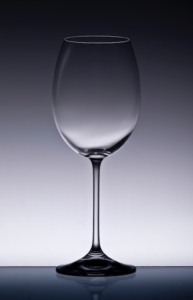
Once open, how long does a bottle of sake last?
An open bottle of sake can last anywhere from 1-2 weeks if refrigerated properly. However, during this period, the sake will begin to lose its subtle nuances and flavors. As such, the ideal consumption period for most open sake is over the course of one to several days.
Is a chilled sake always higher quality than a sake that is served warm?
Not necessarily. Sake that are more delicate and fruit driven are often served slightly chilled in order to enhance the melon, pear and fresh nuances of the beverage. On the other hand, full bodied sake that display more savory or earthy components often show best served at room temperature or even slightly warm.


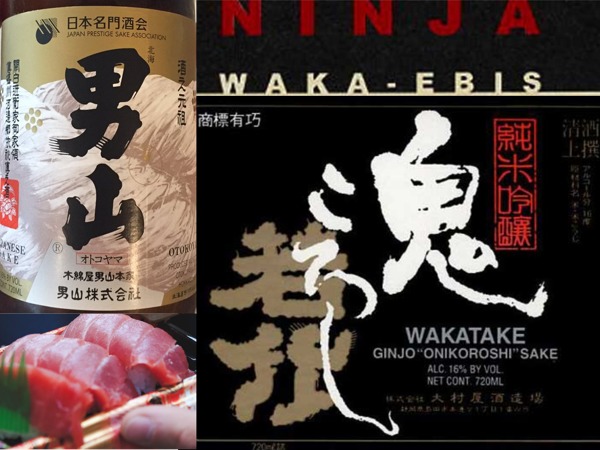
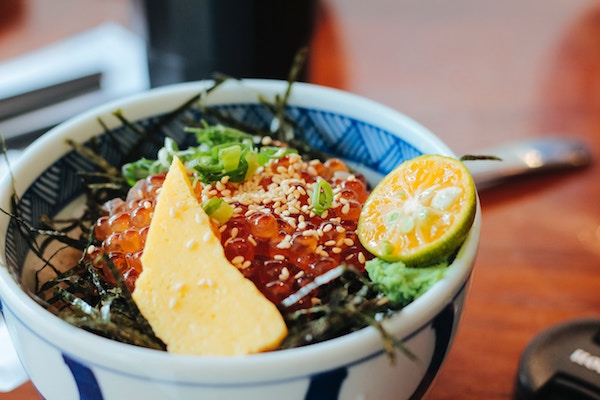
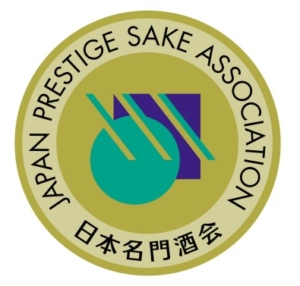
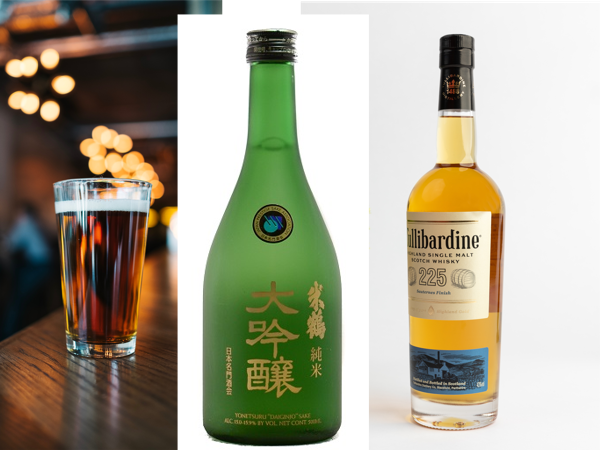
Leave a Reply
Want to join the discussion?Feel free to contribute!